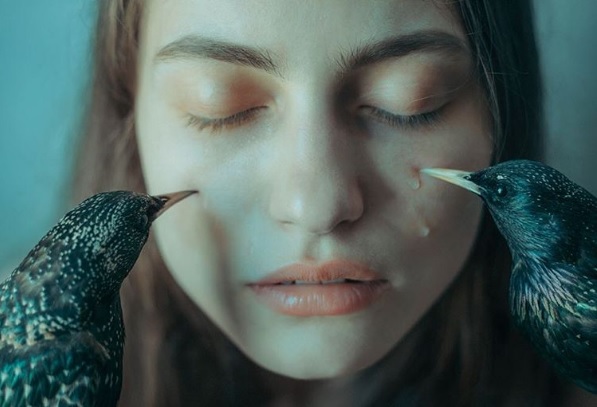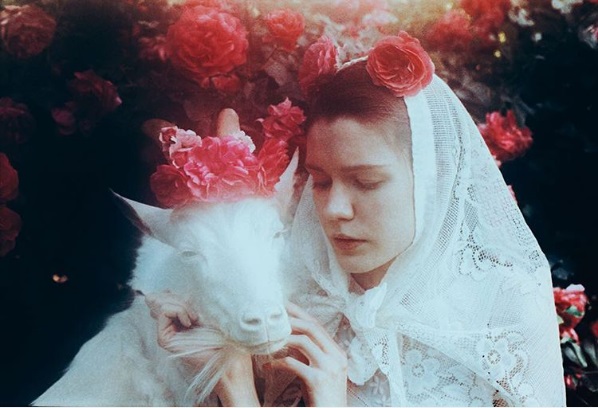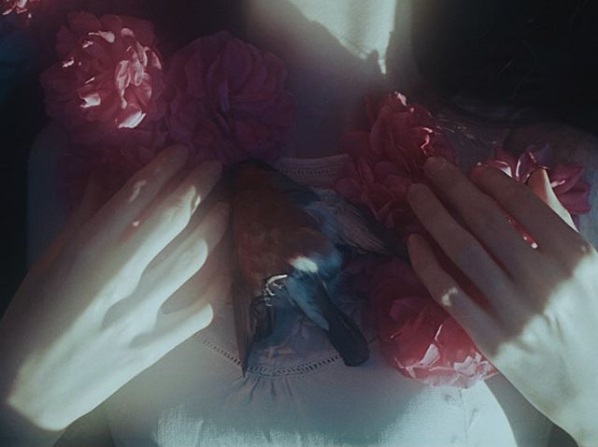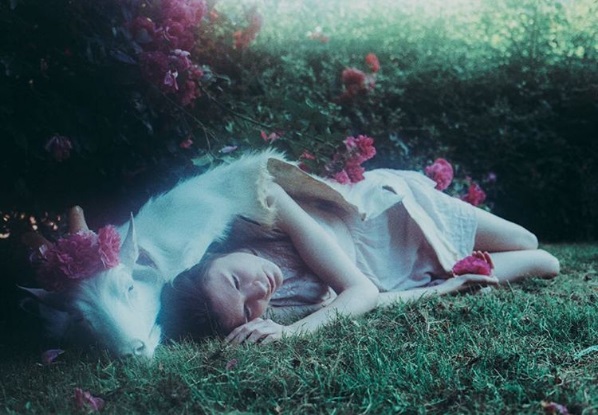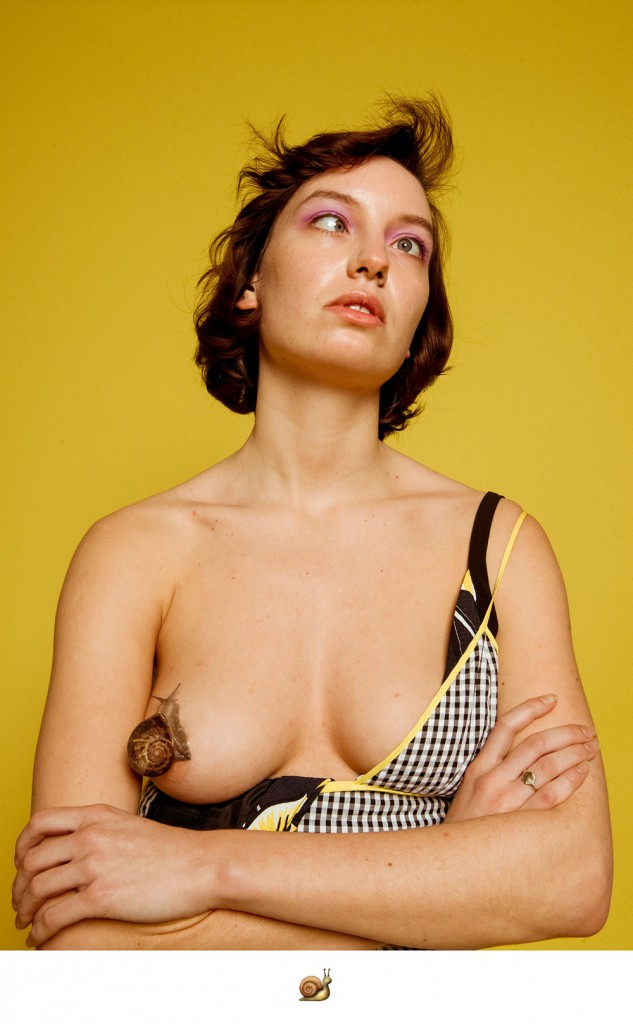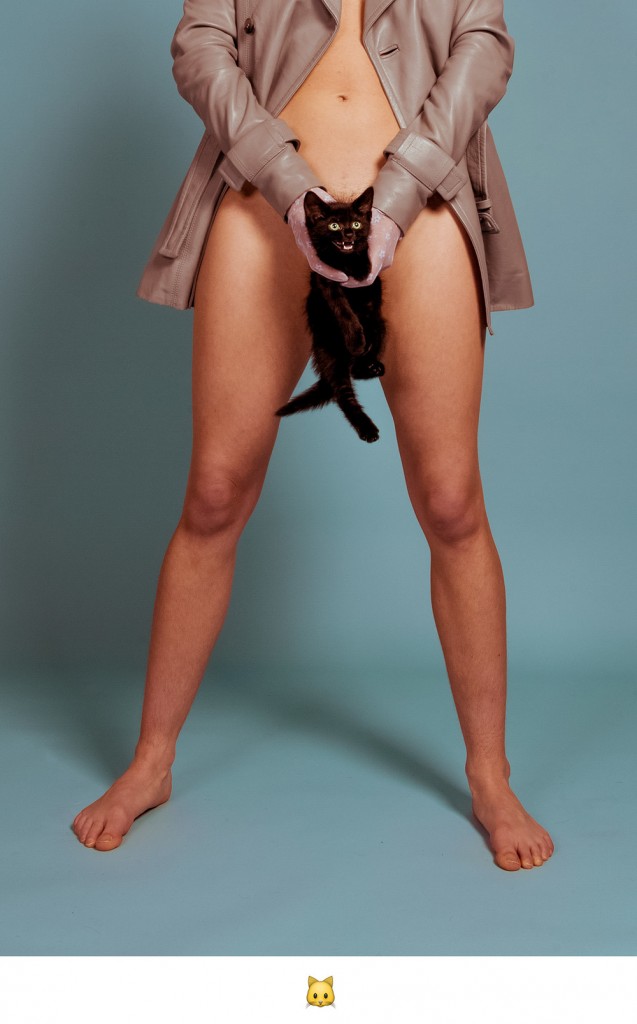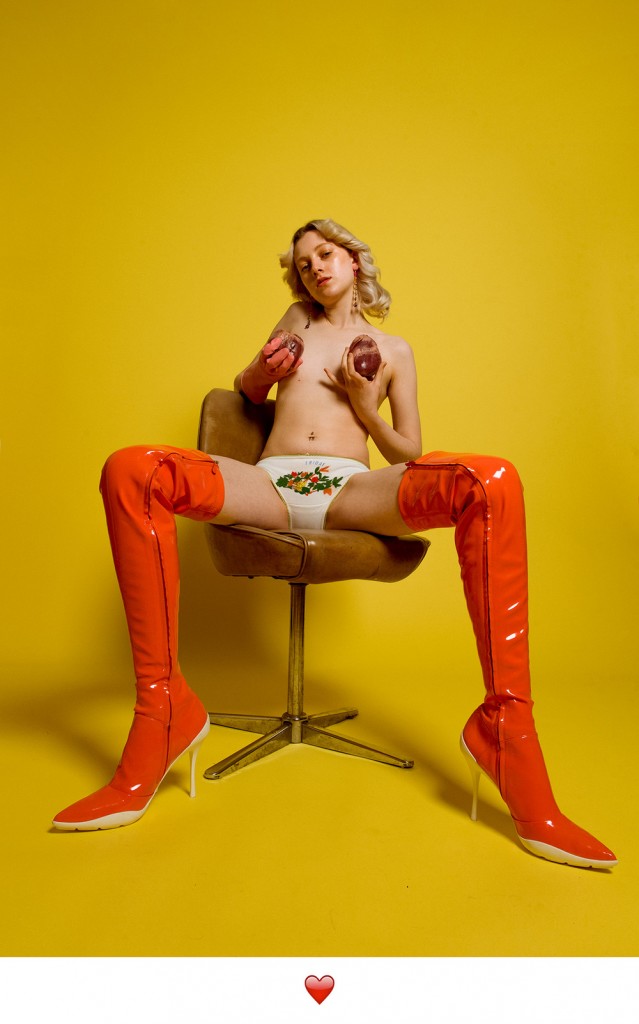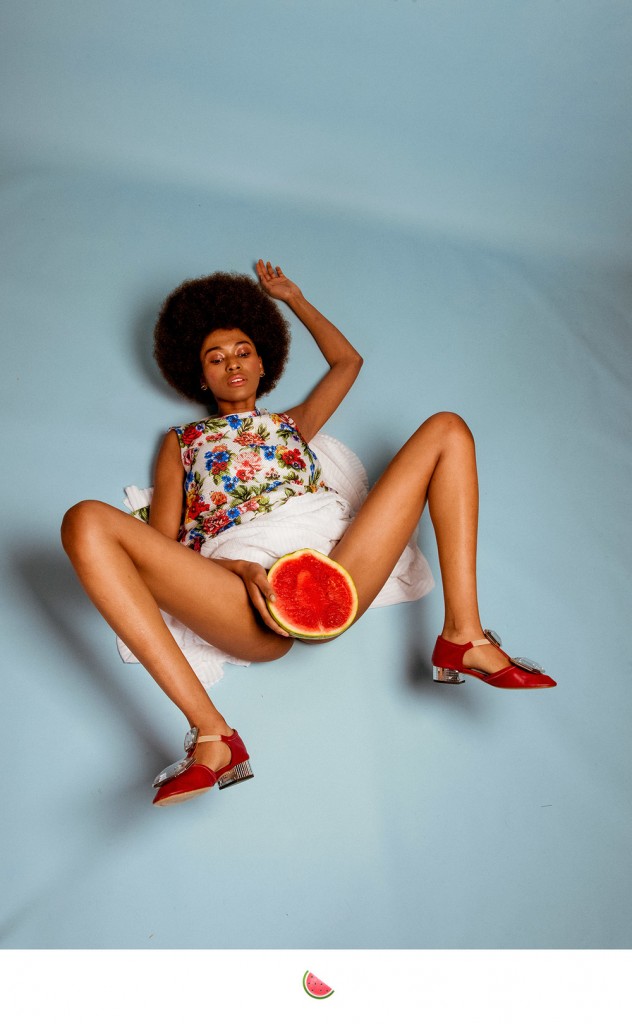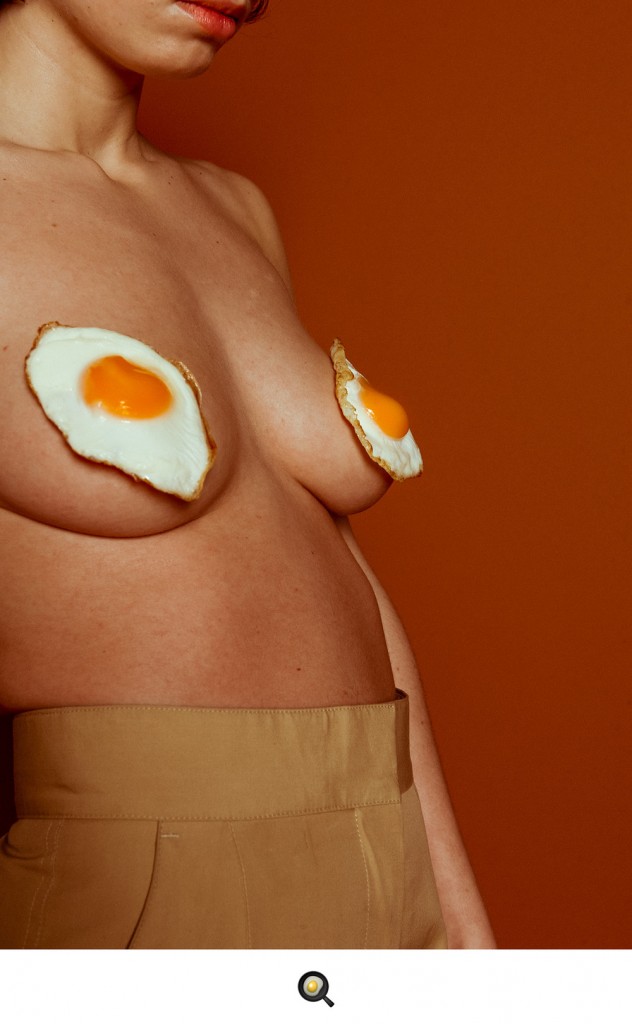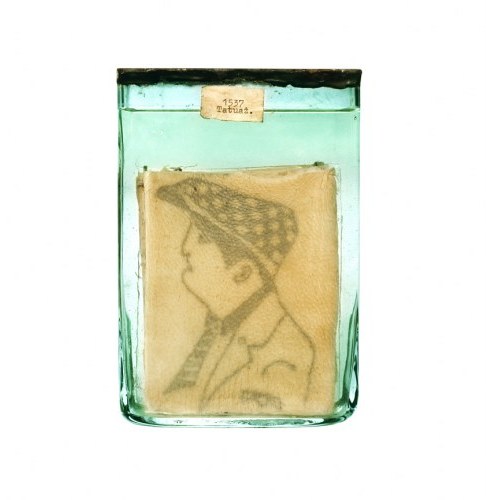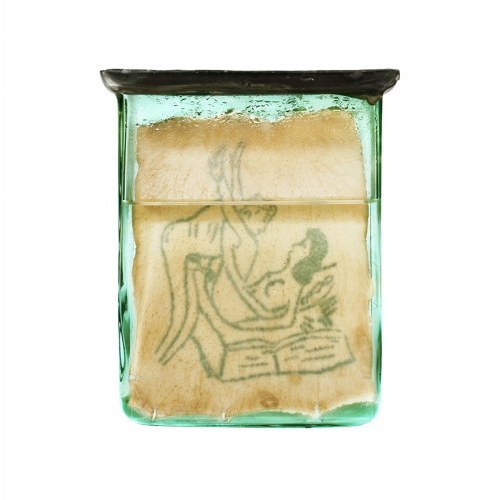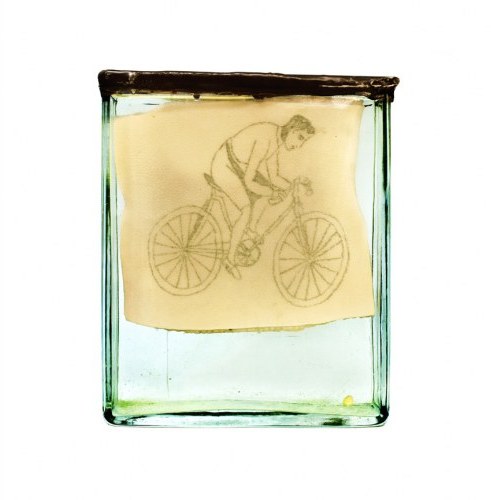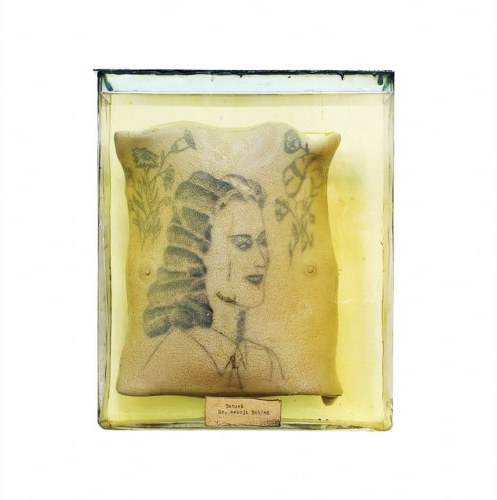Our Italian contributor Ilaria Pauletti chatted to Italian-American artist Anna Volpi about her photographic series Skin…
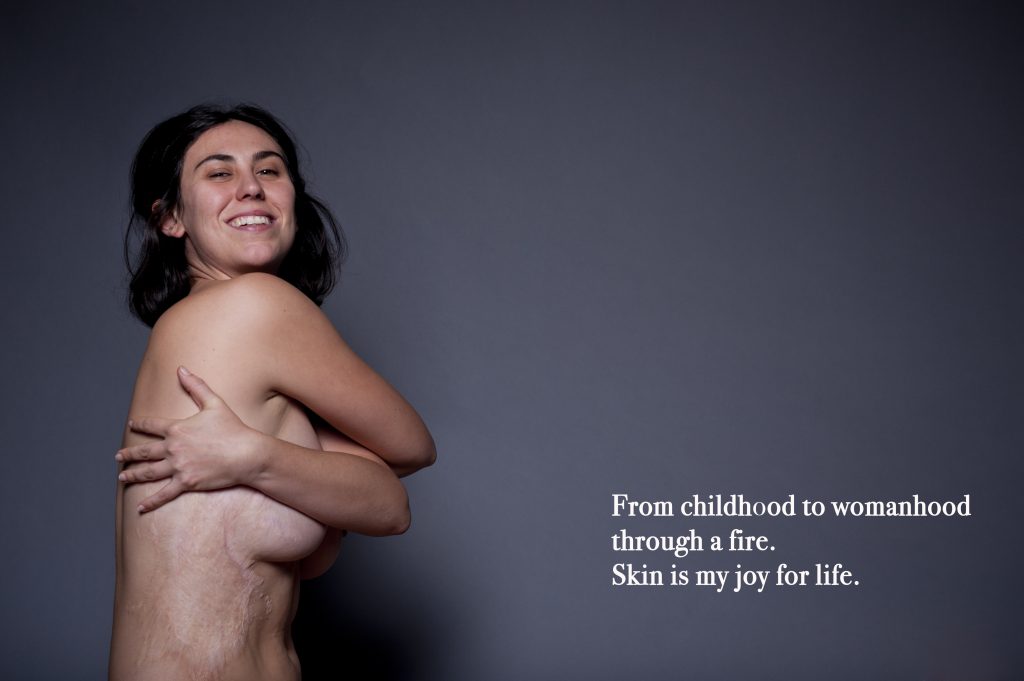
When did the Skin project come about and what is the idea behind these shots? Skin was created for a competition that I didn’t win, but that doesn’t matter now. I met so many wonderful people through the project which is more important that any prize. The title of the competition was simply ‘Skin’. I began to think of the various interpretations of skin, what you can do with it, the way we can see and feel it. The skin is the largest organ of our body and we can not live without it. One thing all human beings have in common is their skin and how it can cause a variety of relationships and reactions among people. Love, hate, contempt, worship and much more. ‘Skin’ is more than just aesthetics it explores how we live in it and how people really are inside their own body.
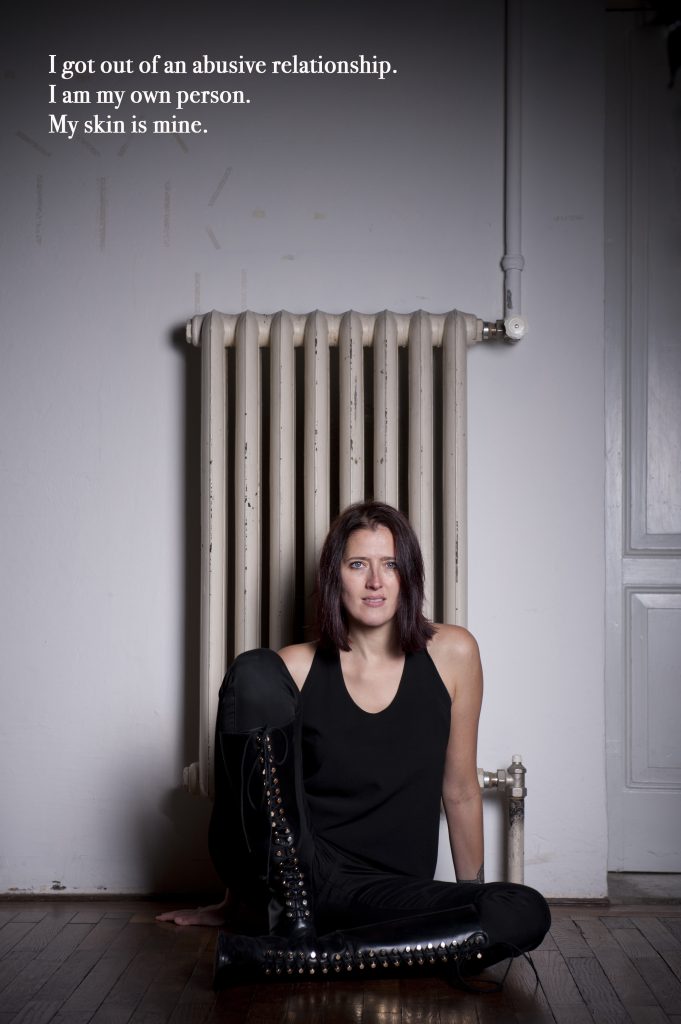
How did you select the personal stories of each one of the subjects? To select the people I searched the internet and I spread the word among my acquaintances. I only chose people who had interesting experiences or felt connected to their skin in some way. I listened to the story of each of them and the ones I chose were those that struck me the most. In each photo there is a summarising sentence, that encapsulates them as a person.
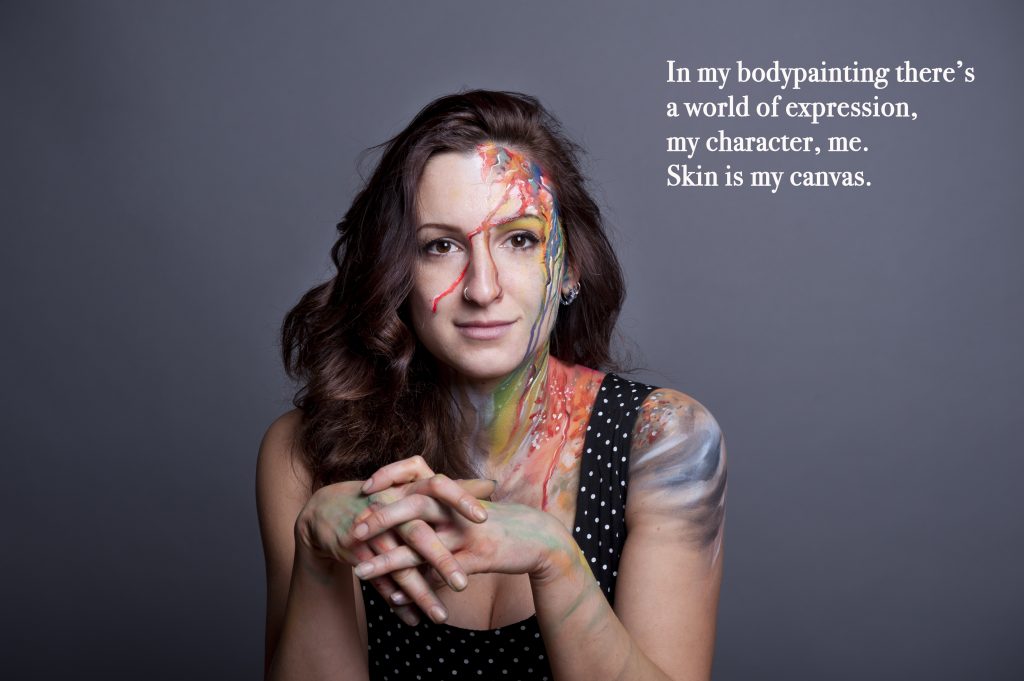
What did you like the most about this experience, both personally and professionally? What I liked the most was meeting extraordinary people that I would like to keep in my life. From a more professional side, this is the most methodical project I’ve done so far. From the start I already had an idea of how the aesthetics would be. However when photographing people I didn’t ask for them to pose, I took every picture naturally during our long talks. But I knew that I wanted clean, balanced and strong images. I usually get dragged a little more by improvisation and variety, but here I had to work within certain limits, and it was a great experience.
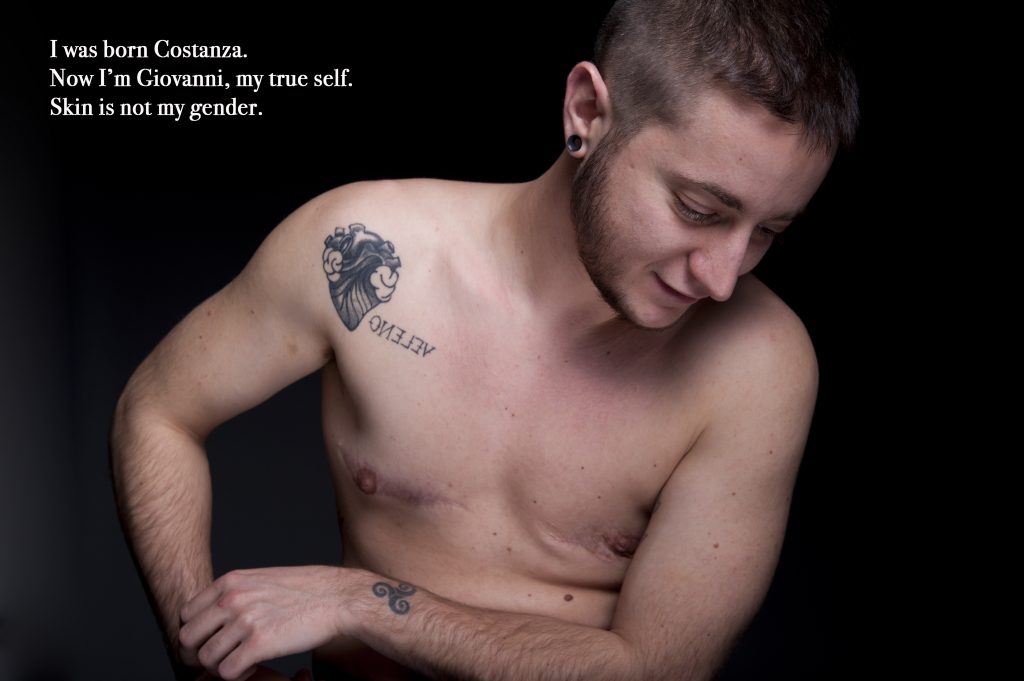
What are your thoughts about tattoo art? I have two tattoos, but I’ve never studied the history of tattooing. I don’t like how stereotyped people with tattoo are, and I don’t like them as a fashion trend. Saying that, not every tattoo should have a deep moral significance. My tattoos act as reminders for me. The words ‘here now’ remind me not to be anxious about the future, or decay in the past. ‘Write’, instead, reminds me to finish my novel. I chose Evelyn Hays, the tattooed girl in the Skin project, because she totally believes in this form of artistic expression. And I would have chosen her even if she hadn’t had tattoos, because she believes deeply in this art form.
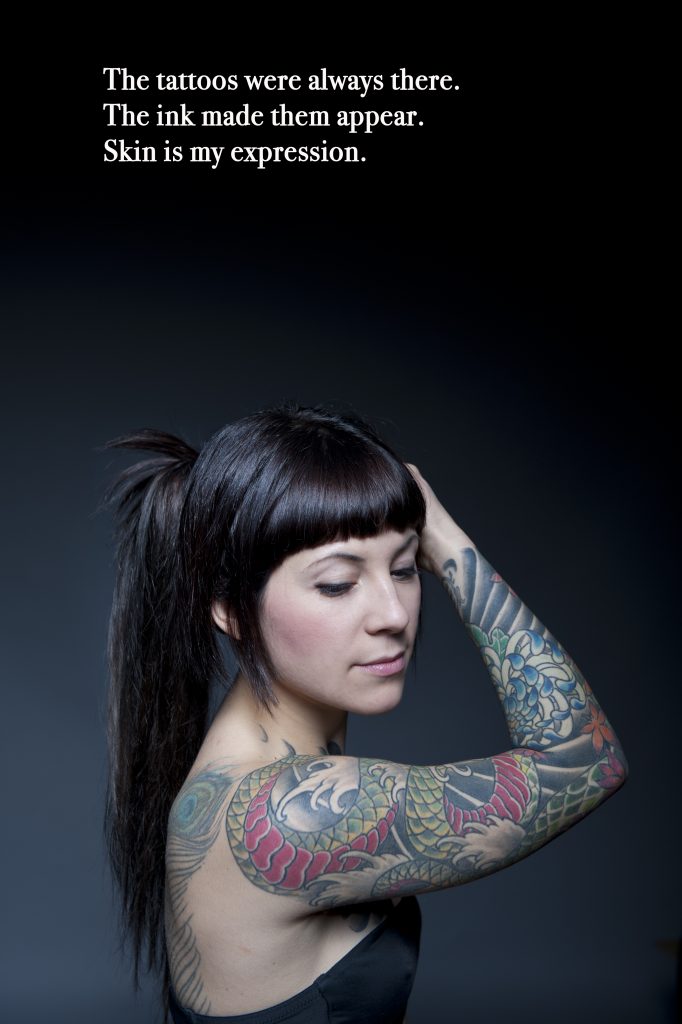
Evelyn Hays
Can you see a relationship between tattoos and photography? In a photographic portrait a tattoo can be a point of interest or it can be seen as a disturbance. I really like to photograph the naked body, and for some shots I look for women without tattoos, because the tattoo is somehow distracting. Tattoos attract the eye, and can disturb the lines of the body that I want to create. Other times, they accentuate the body.
